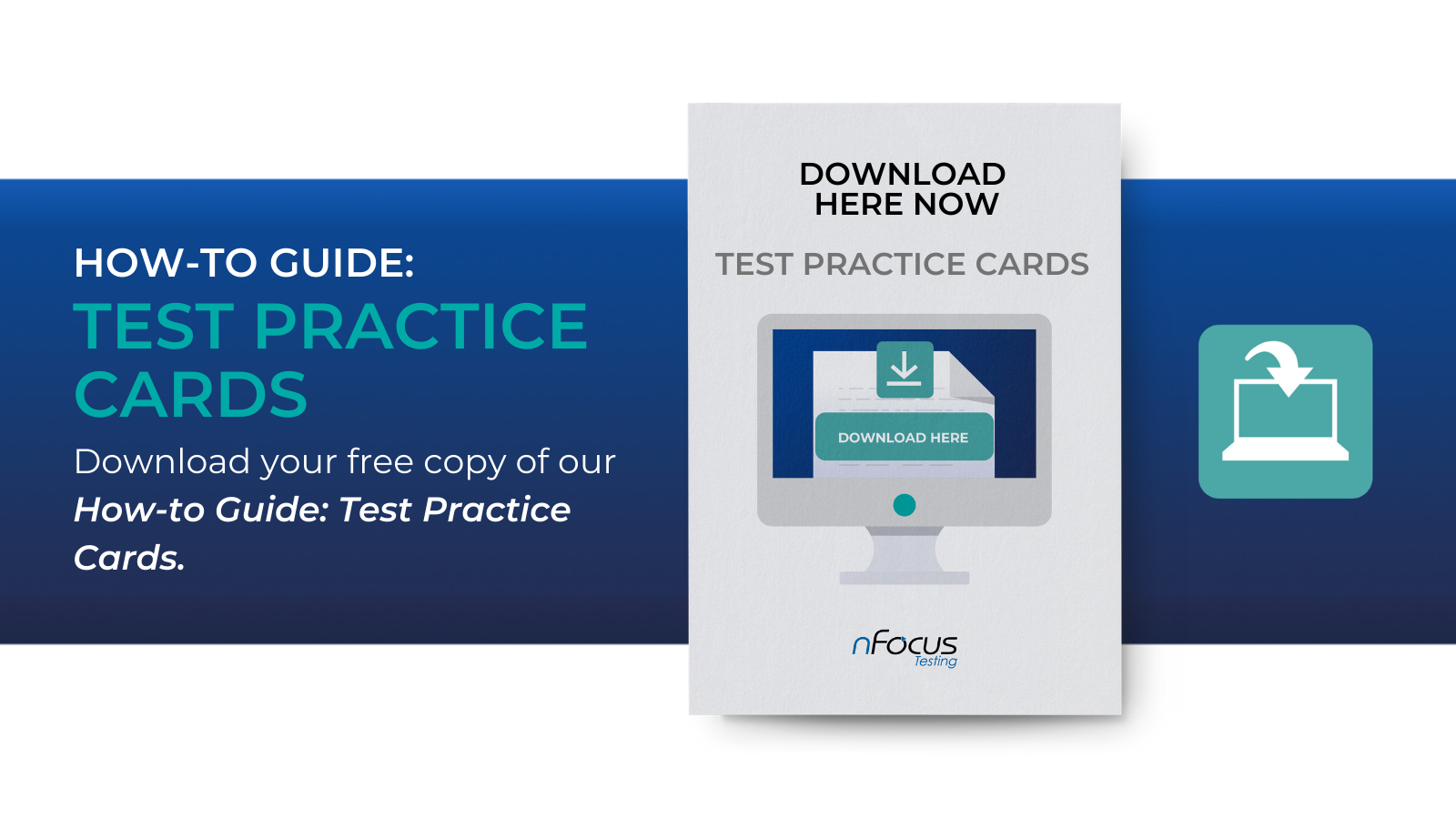Developing a Framework for Knowledge Sharing and Learning
Are you looking to continually mature your testing practice, stand out from other organisations and have fun building a community of like-minded members with shared interests?
If so, a Test Guild might be for you! Here's the guide of how to set up a test guild.
.png?width=600&name=How%20to%20Setup%20a%20Test%20Guild%20(1).png)
For those of you who have played games and have been part of a Guild, then I have no doubt that you immediately cast your mind to the benefits of a well-run guild. The concepts of a guild go way back, and for good reason! Wikipedia references the University of Bologna in Bologna, Italy which was founded in 1088 by an organised guild of students. Google and have a look at 'The Syndics of the Drapers' Guild' oil painting by Rembrandt, which is another example from 1662.
The modern-day translation of an IT guild is: “Each guild has a co-coordinator and is a community of members with shared interests. These are a group of people across the organisation who want to share knowledge about tools, code, processes and practices.”
Many organisations probably have something remarkably similar in place, which may be in the form of a testing department wiki or QA resolver groups. This is a great start but the objective of a guild is to provide a great way to promote teamwork, collaboration, innovation and giving team members ownership and a sense of enablement!
How do you setup a Test Guild?
Guild Coordinator
The primary task is to determine the guild coordinator(s). This should be 1-2 senior QA representatives who are influential, imaginative and highly energetic to keep the Guild running. It's better if this is not management, who are often tied up in meetings, it also provides an opportunity for team members.
While the coordinator role is key, everyone involved in the guild should participate to keep the interest alive and the information current.
Platform
Determine the platform such as SharePoint or Confluence and tools like Slack, Google Chat or MS Teams, in-line with your organisational toolset.
Roles and Responsibilities
Try to think of fun roles and team names. Make this a collaborative fun session to encourage participation.
Keep the roles simple and provide a brief description of responsibilities for each role or team purpose, ensuring that members are clear on what is expected.
You could have badges or logos for members and/or teams to encourage participation and provide visibility on posts, up-votes etc. Just be sure to fuel recognition.
Agenda
Agree how the guild will operate within your organisation, this could include:
• Creation of teams from within the guild to support test improvements.
• Lunch and learn sessions.
• Demos to both the test guild and non-guild members.
• Access to an up-to-date knowledge base.
• Team information showing roles and areas of expertise.
• Meeting format to agree priorities and ownership – aim to keep meetings to a minimum.
• Have informal coffee mornings or fish ‘n’ chips Fridays – discuss informal topics but take note of any ideas and follow them up.
Share
A key point to remember is that while this is a test guild, you should not operate in silo. Far too often, QA teams distance themselves and do not provide awareness to the wider community about the great things they are doing.
Just do not flood others with information. Ensure what you present is short and informative but also encourage feedback!
How do you start using a Test Guild?
Once you have agreed and setup the Test Guild, there are several ways that you can use it:
Pilot
Determine a technical challenge your organisation is facing, this could be something related to performance, security, automation or perhaps you finally want to start automatically logging those defects during failures in the automated regression runs.
Assign a team, give them a cool name, assign roles like that of a scrum team, ensure they have a time allowance and clear expectations. Work with the wider teams to validate that there is support and buy-in, as there should not be an impact on sprint goals etc.
Align the activity with sprints, for example don’t try and set this up for the last day of a sprint when the testers are probably going to be busy… If teams decide to work on the issues themselves, that is perfectly fine, just keep track and update people on progress.
Wiki
This should include:
• Document templates, including Product Descriptions.
• Information about the guild and its purpose, its members, and articles.
• A go-to knowledge base for QA including the test strategy and approaches.
• Links to external informative articles and posts.
• Recommended learning and a training schedule linked to career paths.
Forum
Create a messaging group and encourage members to participate to stay up-to-date via group chat. Aim to keep this simple and if using tools like Slack add plugins like Disco to provide participation Kudos.
Lessons Learned
Often lessons come out of a sprint review and due to time pressures or other priorities they can be forgotten. Use the guild to form a team(s) and start to tackle these issues. Have the team(s) look at options to resolve the problem statement and then present the options with a preferred option and aim to resolve the issues. Even if there is a reliance on other teams aim to get the work on their respective teams’ backlog and work with the project lead/scrum master(s) to see through to implementation.
With the help from multiple teams’ from within the guild, you will be surprised at how quickly you start to get through those issues!
Support
If you require support with setting up a Test Guild, or with any of the supporting deliverables such as defining a robust Test Strategy for your organisation, you might be interested in having a chat with us here at nFocus.








.png)
